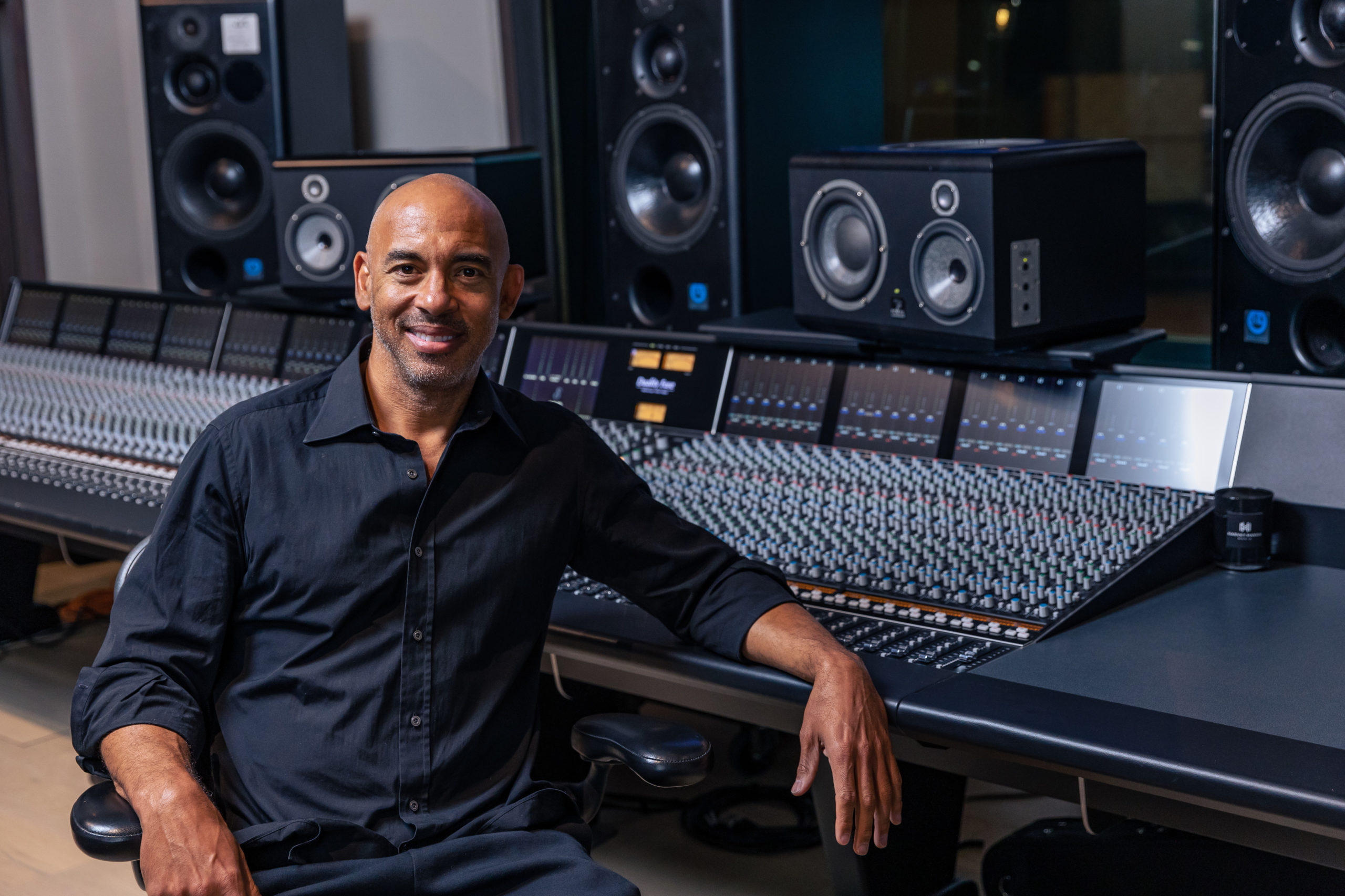The pandemic has brought an abrupt pause to so many experiences people once took for granted—live music being just one example. However, it has also encouraged creative solutions to recreate these experiences in a socially distanced world. For one, the livestreaming industry grew nearly 50% between March and April of last year as a response to lockdowns and plummeting concert industry revenues, allowing artists from practically every genre to reach out to audiences across the globe in new ways.
It has also never been easier to broadcast your music than today, when new innovations are continuously launched and everybody is tuned in online. And if you’ve been thinking about investing in home recording equipment and finally putting your music out there, then here are some smart tips for getting started in today's livestreaming era.
Invest in Reliable Equipment
While performance-grade tools aren't necessary for a livestream, it is still crucial to have quality equipment. Your performance could be perfect, but if the tech isn’t there to support your broadcasting needs, your efforts might just go to waste.
Investing in an external microphone is a good start rather than relying on whatever your laptop or phone has built-in. Choose a microphone that is optimized to pick up the human voice well — that’s between 85 and 255 Hz — and can help you get a clean sound for your audience to enjoy. For the best results, choose a pop filter to reduce plosives, especially if you’re using a condenser mic.
Moreover, don’t forget the visual aspect of the stream! While your audience needs to hear you, first and foremost, it’s also essential that they get a clear view of you. Investing in a good key light can make your stream that much better, and good quality doesn't have to come with a huge price tag, especially when you’re just starting out!
Do a Test Run First
More than just making sure everything is in working order, a test run can also make you feel more relaxed with your setup and ready to face the camera when more viewers start tuning in. It also gives you the opportunity to tweak your settings and equipment as needed in your own time.
Minimizing the chances of technical difficulties happening once you’re live is best done through a comprehensive trial run of the entire stream. You should check your internet speed and recording equipment meticulously, and be sure to close unnecessary programs before practicing the stream with a couple of close friends, whom you can trust to give you honest feedback.
Be Strategic with Streaming Schedule
One of the objectives of streaming is to get people to tune in, so in order to do this, it’s best to plan out when you’re going to go live. Setting up your camera at 9 in the morning on a Wednesday may not be the optimal choice for your stream, considering people’s work schedules.
The best times to stream are usually in the evening, but finding a sweet spot is also important; you don’t want to stream right before people are about to hit the hay. Any time between 6 and 9 p.m. is a safe choice, but you’ll generally want to avoid weekends since people would have likely made plans of their own. It might also be worth gauging where your audience is going to be tuning in from. That way, you’ll know what time zones to cater to, if need be.
Talk to Your Viewers!
This is part of what makes a livestream so fun — interacting with your audience in real time! Every now and again, take the time to peek at the comments section to acknowledge your viewers, especially if they have any questions or requests. Thank them for showing up and express how this livestream would not be possible without their presence to emphasize how integral they are to the whole experience. This can encourage them to stay even longer and participate, as it provides a whole new sense of community as opposed to simply listening to your published work.
Have a Signature Move or Feature
What sets your livestream apart from somebody else who can play the guitar and sing? You’ll want to pull viewers into your stream, and they’ll be on the lookout for content that is worth watching and staying for.
This is why having a signature move or a little ritual before and after your stream can make all the difference. For instance, if viewers remember your stream because your cat was in the frame while you were jamming, then it could be something people will recognize your channel for!
A Final Word on Livestreaming
With so many people already streaming, you might ask yourself if it would be worth joining in, especially considering the time and money you’ll invest in it. First, the demand for personal and quality video content isn’t going away anytime soon, and there’s only so much Netflix that people stuck at home can watch. Second, and more importantly, people also need levity. Seeing you have fun during the livestream allows them to have fun, too, and it is this quality that gives the medium its excitement. More than just putting on a good live performance on the internet, livestreaming gives you an opportunity to spread a bit of light in an otherwise dark time — an experience people will always be grateful for and never forget.
XIANNA PALMER is a closet rock star who has a penchant for writing. When she isn't working or playing records with her son, she's usually on the hunt for the next succulent to add to her growing collection.














